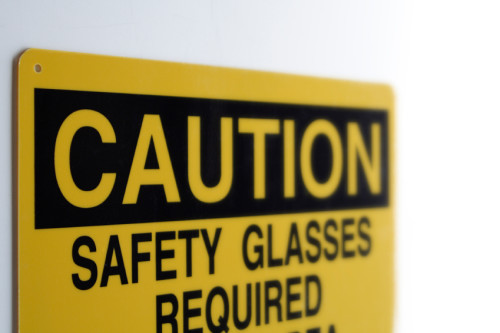Over the past 50 years, the Occupational Safety and Health Administration’s (OSHA) specifications for crane safety have remained relatively unchanged. To begin enhancing the training and safety opportunities in the overhead lifting industry, OSHA has recently renewed a five-year alliance with the Crane, Hoist and Monorail Alliance (CHM).
 The partnership demonstrates OSHA’s confidence in CHM as a trusted resource in an ongoing effort to increase workers’ safety. In a recent EHS Today article, OSHA’s Assistant Secretary of Labor Dr. David Michaels said, “Our alliance with CHM has been invaluable in helping to reduce and prevent serious or fatal incidents in the material handling industry.”
The partnership demonstrates OSHA’s confidence in CHM as a trusted resource in an ongoing effort to increase workers’ safety. In a recent EHS Today article, OSHA’s Assistant Secretary of Labor Dr. David Michaels said, “Our alliance with CHM has been invaluable in helping to reduce and prevent serious or fatal incidents in the material handling industry.”
To follow the example that these industry leaders have set, here are six ways that you can increase crane safety within your own facility:
- Create Accountability with Your Inspection — Develop written guidelines for your crane and hoist inspection and maintenance programs; implement this code to train every operator on proper crane equipment use and safety protocol.
- Schedule Your Inspections — Create a pre-planned schedule to stay on top of equipment functionality through preventative maintenance. Having a schedule will help to avert any breakdown repairs by ensuring that your equipment always meets the necessary safety requirements.
- Read the Manual — It may sound silly, but it is crucial that every operator has read the manufacturers’ operation manuals. Implementing this practice will add an extra level of protection at your facility.
- Conduct Pre-Shift Inspections — Crane operators should understand the applicable OSHA, national, state, and local inspection requirements for their machinery and ensure that all products are in compliance with these specifications at the start of each shift.
- Implement a Lockout/Tagout Procedure — Lockout procedures safeguard employees by cutting equipment off from the energy source before any maintenance work. This precaution helps prevent accidental or unexpected operation from stored energy, as well as the resulting risk of injury.
- Know Your Equipment’s Limits — Employees should always be aware of crane load limits as well as the capacities of each payload.
By taking these simple precautions, you can increase everyday workplace safety for your operators. To learn more about how to increase crane safety in your facility, we invite you to download our maintenance troubleshooting guide, “What Your Cranes Wish You Knew.”

Tags: crane inspections, crane safety in the workplace, crane safety tips, increase crane safety, OSHA, OSHA crane safety, overhead equipment, workplace safety





